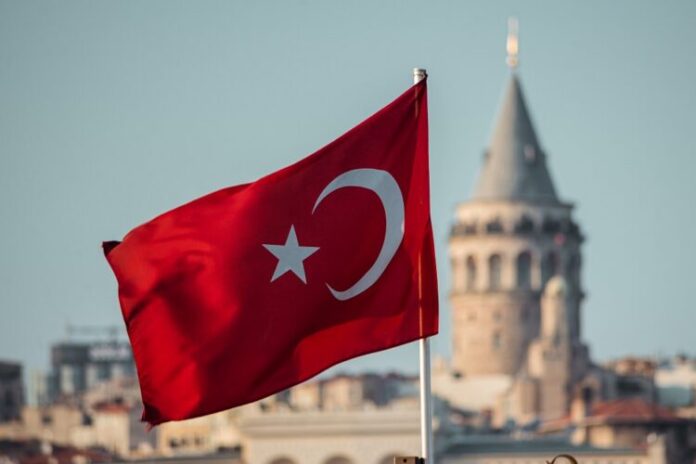According to official data released on Monday, the number of international travelers entering Türkiye increased 38.4% over the same month last year, continuing a significant comeback from the decline that the COVID-19 epidemic caused in 2020, Daily Sabah reported.
According to the Culture and Tourism Ministry of Türkiye, there were 4.8 million visitors last month as opposed to 3.47 million in October 2021 and 1.74 million in October 2020.
This year’s recovery has been fueled by a significant increase in tourists coming from Europe, particularly from Germany and the United Kingdom, on top of the Russian tourists.
With 467,814 arrivals, Russia led all other countries in tourism in October, despite airline limitations imposed by Western nations in response to Russia’s incursion of Ukraine.
Germany came in second with 746,192, followed by the United Kingdom with 388,017, Bulgaria with 326,429, and Iran with 185,945 according to the statistics.
The number of international tourists increased by 88.1% in the first ten months of the year to 39.61 million, nearly matching the pre-pandemic levels of 2019.
The 10-month total was 21.1 million last year, 11.2 million in 2020, and 40.7 million in 2019, according to the Ministry of Culture and Tourism.
With 13.4 million visitors in the period between January and October of this year, Istanbul, the most renowned and populous city in Türkiye, was the main attraction.
The Mediterranean resort city of Antalya came in second with 12.2 million tourist arrivals, and Edirne, a northwest region bordering Bulgaria and Greece, attracted almost 4 million travelers, according to the statistics.
Russians accounted for 13.3% of all visits over the 10-month period, followed by 3.2 million visitors from the UK, 2.3 million visitors from Bulgaria, 2 million from Iran, and 5.3 million from Germany.
The Turkish government’s new economic program is focused on turning the country’s persistent current account deficits into surpluses, prioritizing exports, production, and investments, and aiming to limit the rise in consumer prices. Tourism revenue is crucial to the country’s economy in this context.
In late October, the government increased its year-end tourist goals for the second time in this year. It now anticipates 50 million visitors and $44 billion in earnings, up from the 47 million and $37 billion figures established in July and the 45 million visitors and $35 billion in earnings anticipated at the start of the year.



